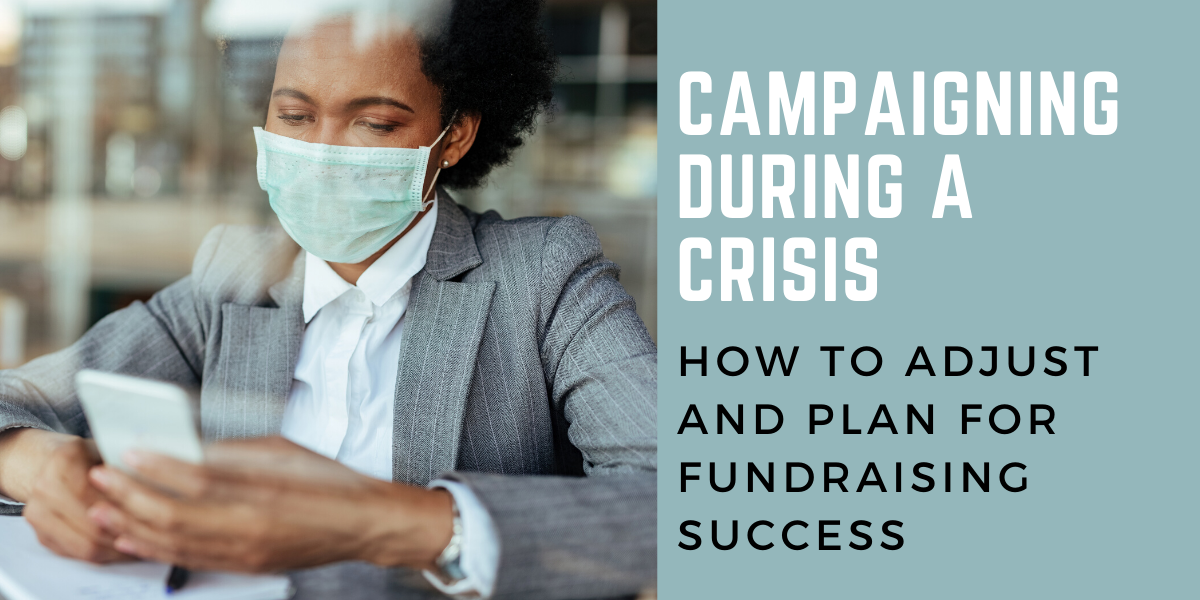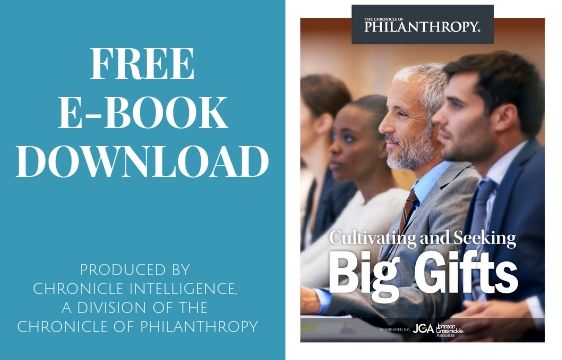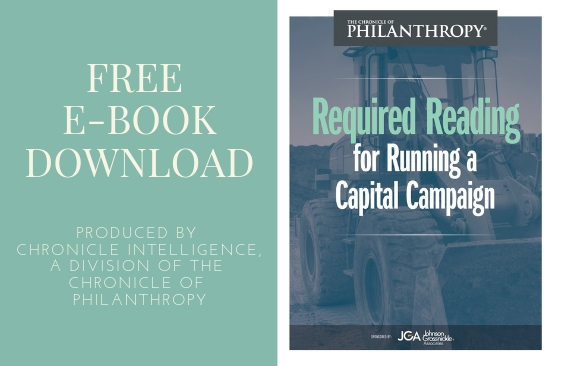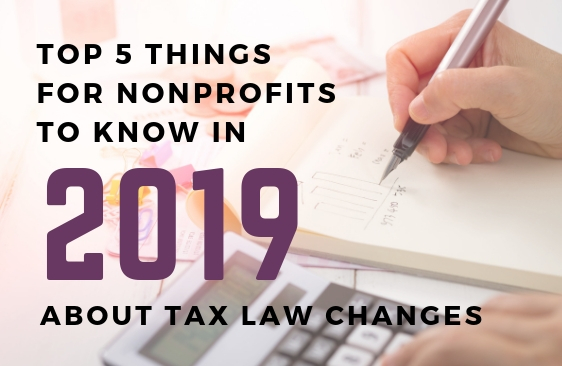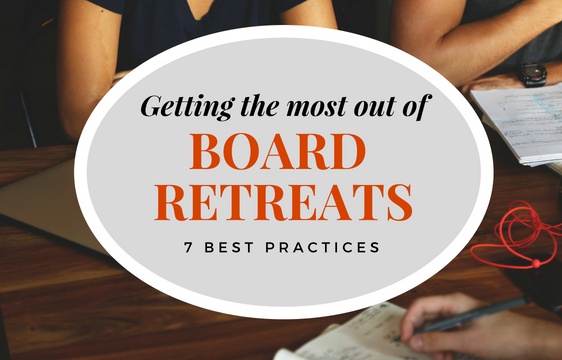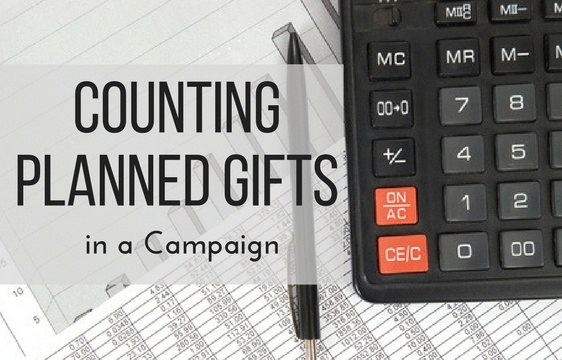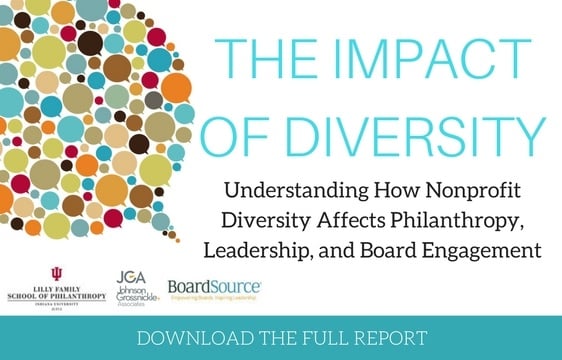The nonprofit world, just like the world in general, has been turned upside down by the COVID-19 pandemic and the growing crises over the economy and race relations in the US. All of us involved in philanthropy are working to determine our course in the choppy and unchartered waters.
Recently JGA sponsored a webinar aimed at casting a guiding light on moving forward with a fundraising campaign in the midst of these challenges. The webinar, Campaigns and COVID-19: What the Pandemic Means for Your Campaign, brought the perspective of four guests representing organizations at different stages of campaigns: planning; leadership gifts/quiet phase; major gifts/public phase; and campaign closure.

